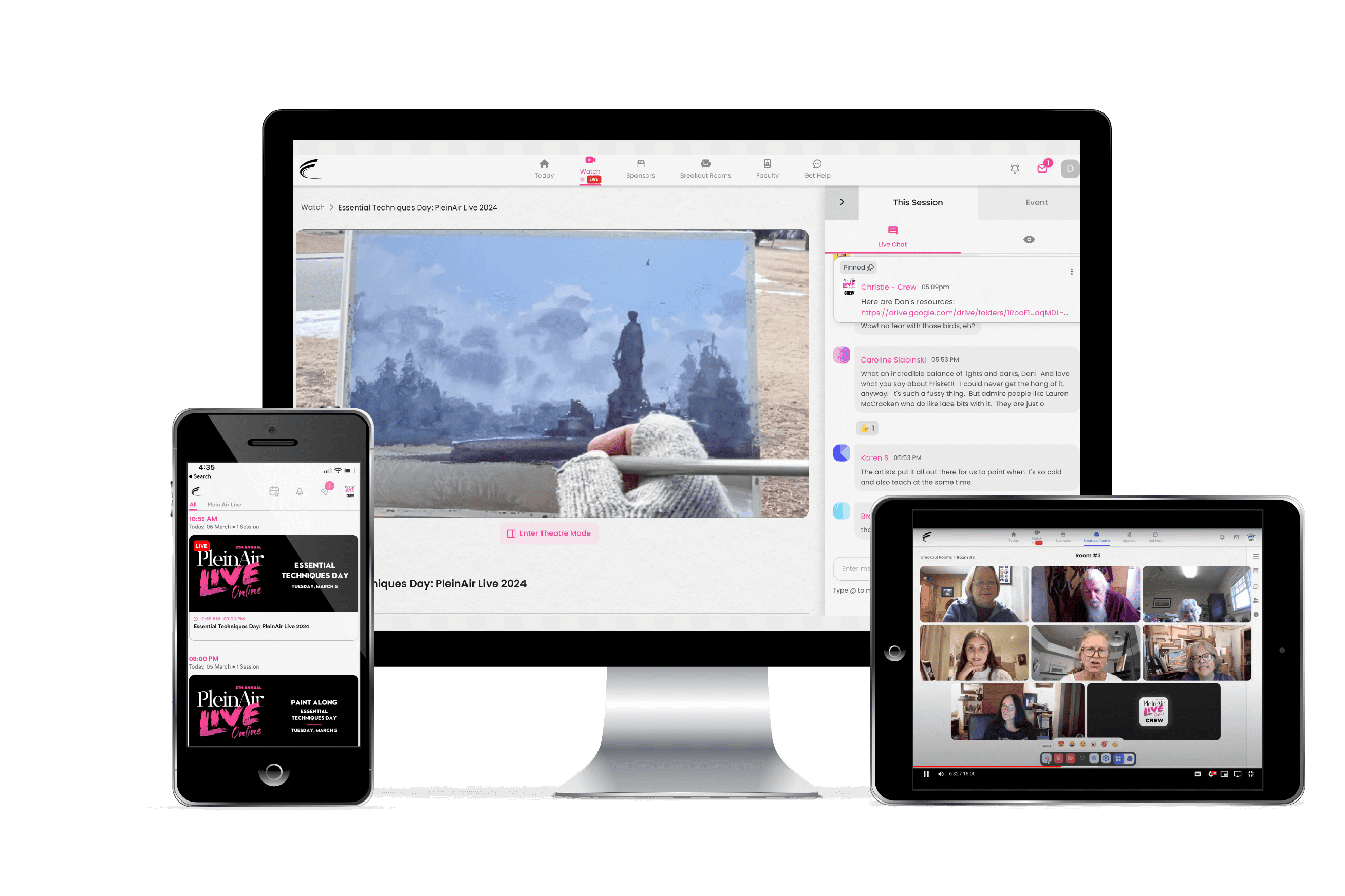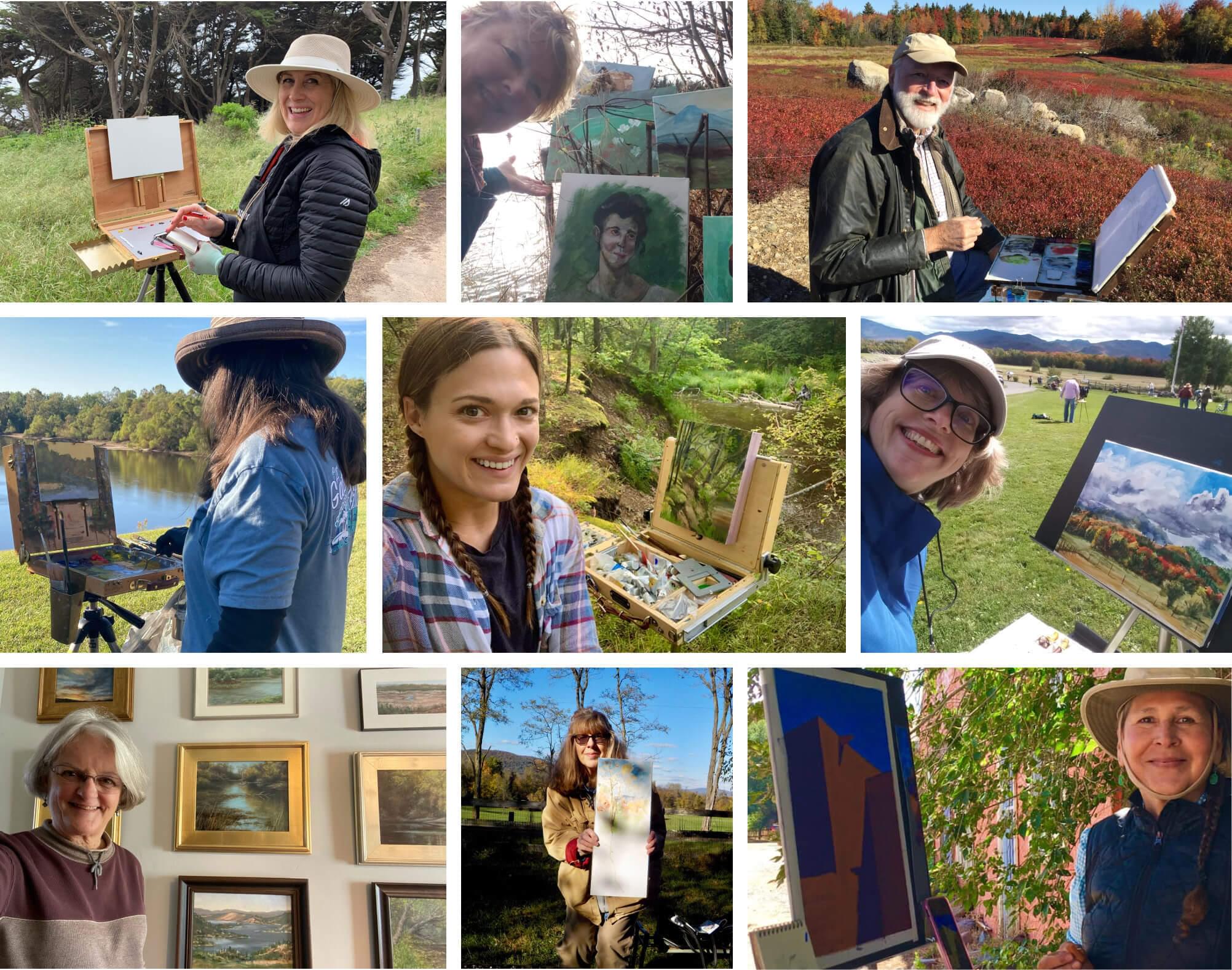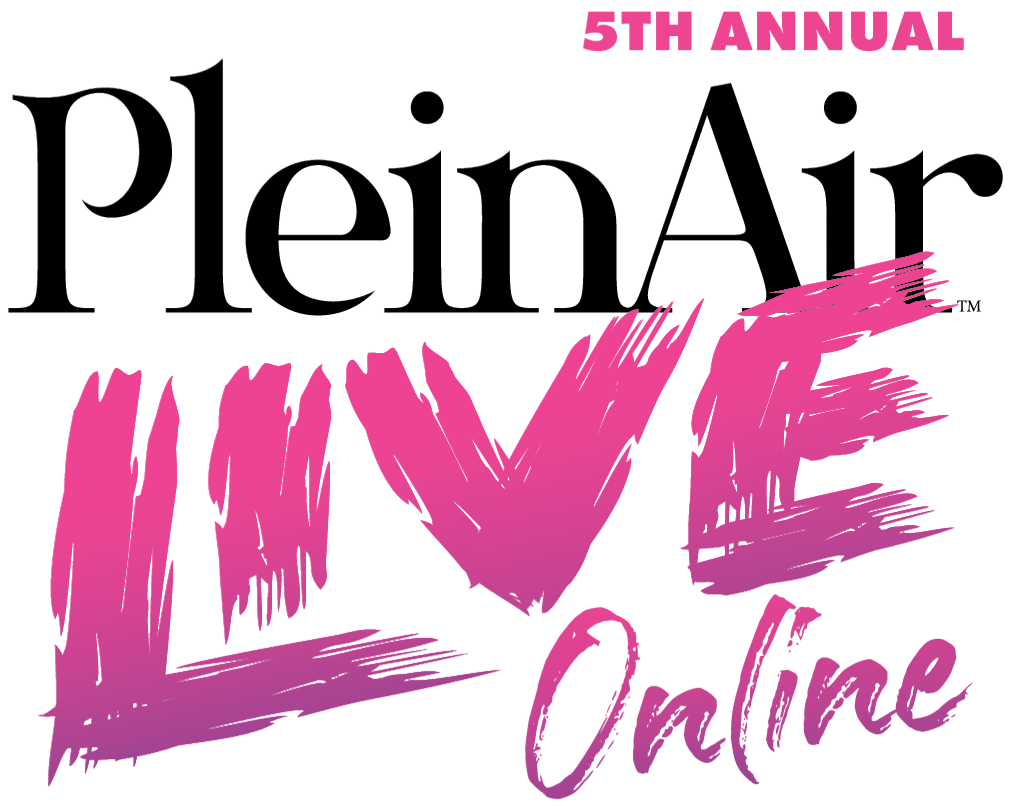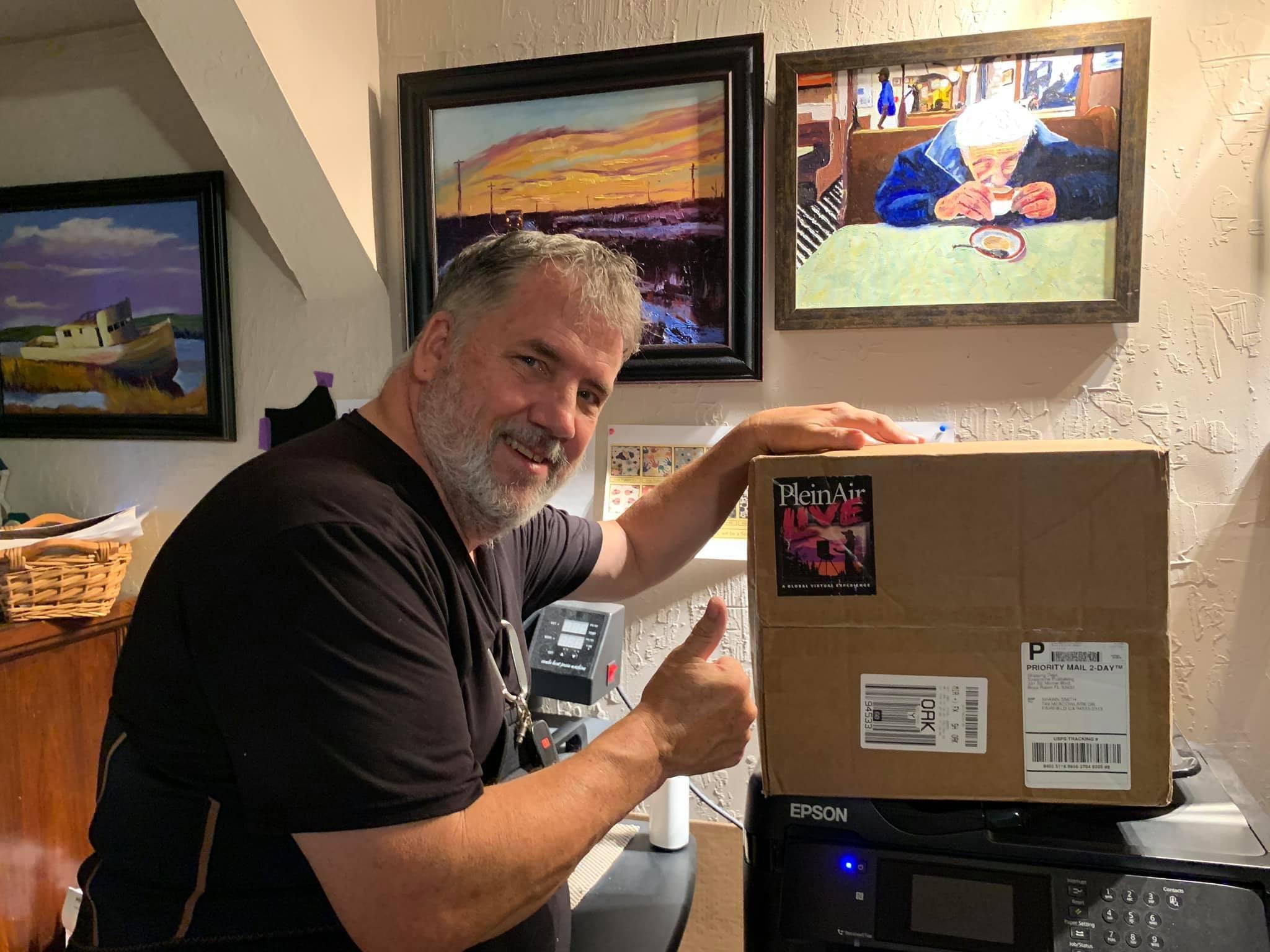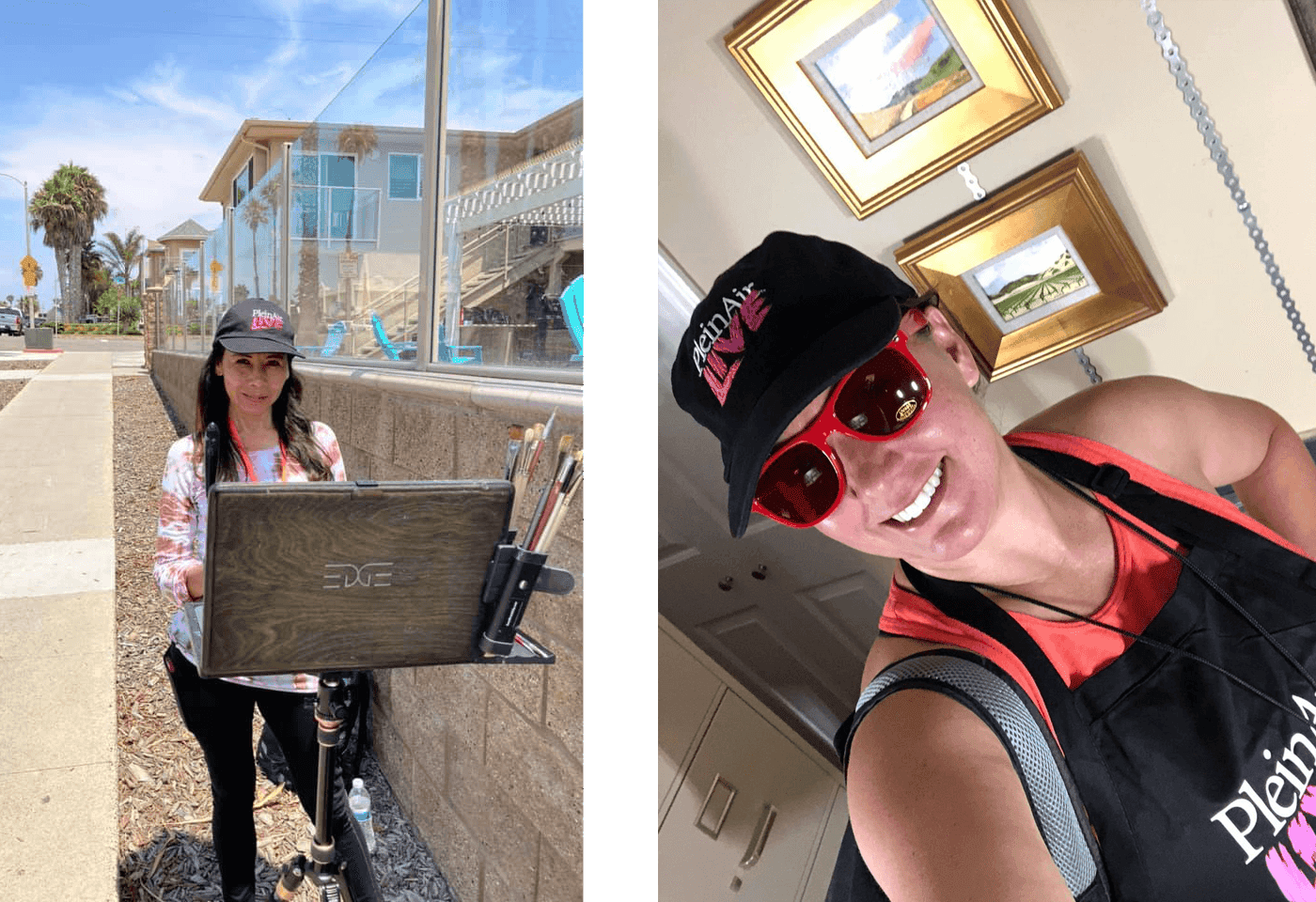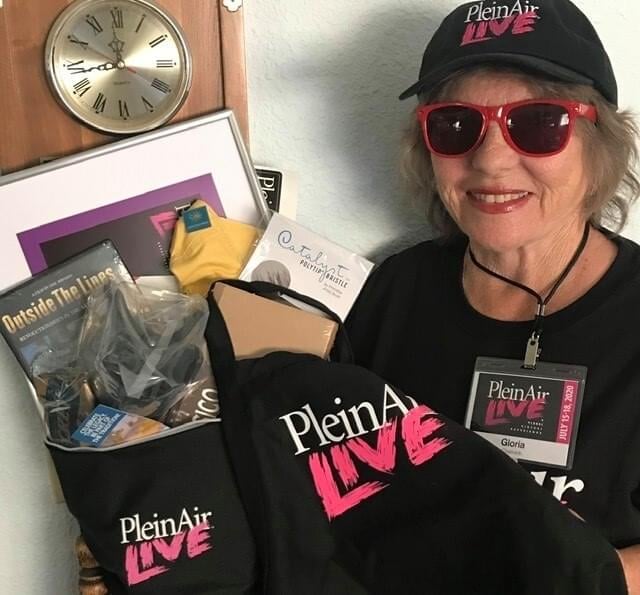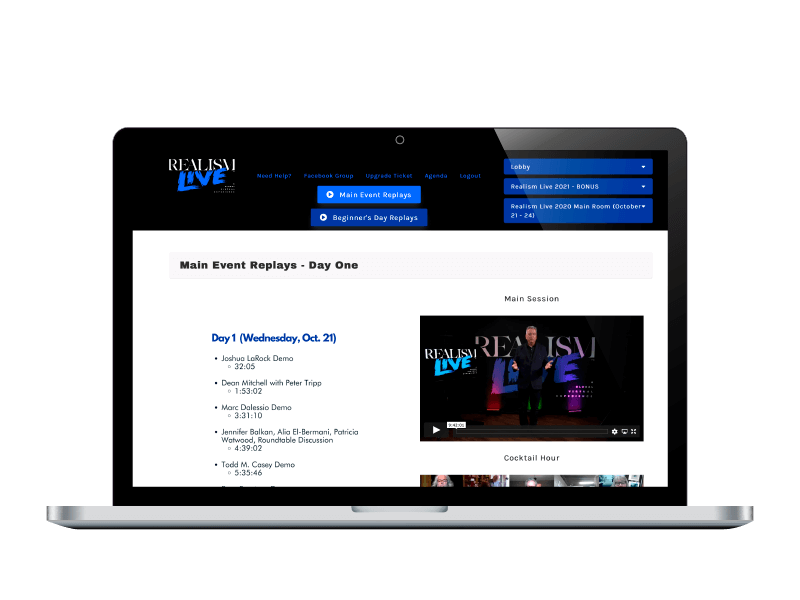
NOVEMBER 6-8, 2025
ONLINE EVENT
CUSTOM JAVASCRIPT / HTML

Attention: Beginner And Intermediate Level Artists...
Transform your skills with insider secrets, techniques & demos from 20+ of the World's Best Plein Air Artists!
September 16-18, 2026
Essential Techniques Day on November 5th
— online virtual conference —

3,000+
Attendees
20+
World's Top Artists
Countries
3
Day Event
Discover The Exciting World Of Outdoor Painting And Learn Secret Techniques From 20+ Of The World’s Best Artists Online – Money Back Guaranteed
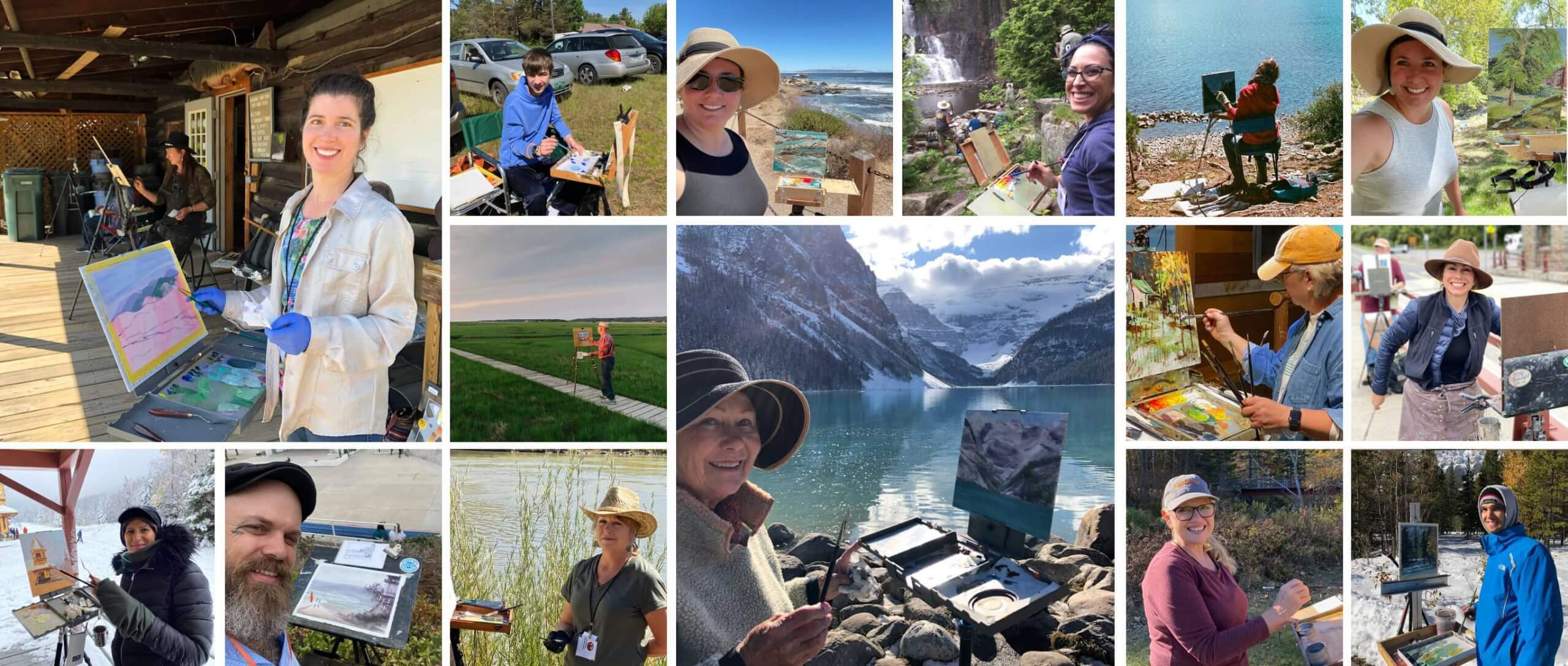
CUSTOM JAVASCRIPT / HTML
JOIN THE LARGEST MOVEMENT IN ART HISTORY AND BE INSPIRED TO PAINT ‘EN PLEIN AIR’
Painting ‘en plein air’ is one of the biggest thrills you can have as an artist. You get to immerse yourself in exciting and breathtaking landscapes and paint right in the thick of the action! There’s no shortage of different open air environments awaiting you once you’ve mastered the ability to paint outdoors.
PleinAir Live gives you invaluable insights and live demonstrations from some of the world’s best plein air artists. You’ll make bigger improvements in just 3 days than you would attending any art school in America.
CUSTOM JAVASCRIPT / HTML
More to be announced soon!
Discover The Exciting World Of Outdoor Painting And Learn Secret Techniques From 20+ Of The World’s Best Artists Online – Money Back Guaranteed
DISCOVER A SIMPLE METHOD TO PAINT OUTDOORS SO YOU CAN ENJOY FRESH AIR SURROUNDED BY NATURE
Have you tried painting outdoors before with no success? Gusts of wind, torrential rain, strangers giving you a hard time… there are a lot of challenges that come with painting outside. That’s why it’s important to have a simple method that works – one you can follow even under difficult circumstances.
We’ll equip you with everything you need to overcome these obstacles so you can enjoy plein air painting with real confidence. You’ll have a heap of fun creating beautiful works of art surrounded by nature. It’s a great way to enjoy the fresh air and get outdoors more often!
WHO IS THIS ONE-OF-A KIND LIVE ONLINE EVENT FOR?
- Do you want to join a community of artists and make new friends from across the globe who share your love of painting?
- Do you want to add some spontaneity and excitement to your painting experiences?
- Do you want to win compliments from your family and friends and have them beg you to hang your work inside their own home?
- If you answered yes to ANY of the above questions, Plein Air Live is for YOU!
Discover The Exciting World Of Outdoor Painting And Learn Secret Techniques From 24+ Of The World’s Best Artists Online – Money Back Guaranteed
START PAINTING YOUR OWN MASTERFUL WORKS OF ART IN JUST 3 DAYS…
Here's how we're breaking it down!
CUSTOM JAVASCRIPT / HTML
HERE’S A MERE FRACTION OF WHAT YOU’LL DISCOVER DURING PLEIN AIR LIVE…
-
How to overcome the most common challenges of painting outside and grow the confidence and skills you need to make your outdoor painting experiences a roaring success
-
Insider secrets to rapidly advance your progress as an artist… use insights from world-renowned painters to improve your own skills far beyond what you ever imagined
-
Simple strategies you can use to accurately capture the beauty of the landscape in front of you… even if you think you have ‘no talent’ and don’t know where to start
-
New techniques to identify and correct what you’re doing wrong… so you can create eye-catching paintings with less effort and have more control over the finished product
Discover The Exciting World Of Outdoor Painting And Learn Secret Techniques From 30+ Of The World’s Best Artists Online – Money Back Guaranteed
- Daily breakout sessions and online cocktail hour where you can paint live with other artists – make friends, discuss each other’s work, talk about what you’ve learned and even meet potential new mentors
- Replays of the entire event so you can relive the excitement and catch up on missed sessions… enabling you to fine-tune your skills whenever you choose, for the next 365 days
Discover The Exciting World Of Outdoor Painting And Learn Secret Techniques From 20+ Of The World’s Best Artists Online – Money Back Guaranteed
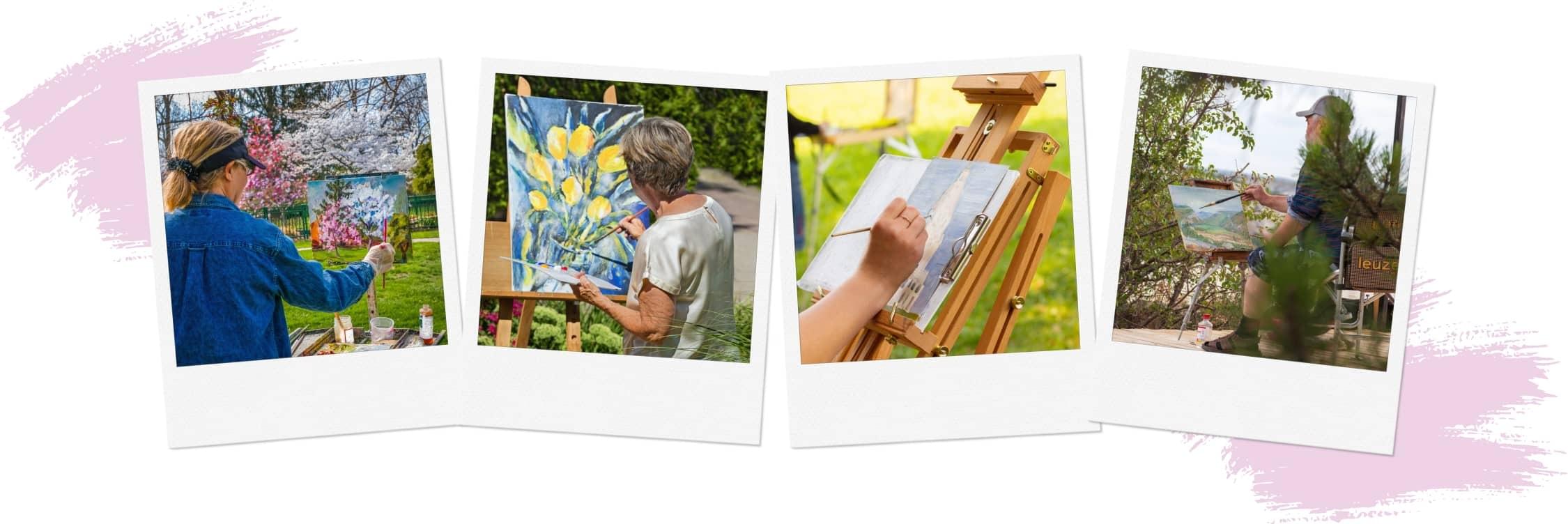
Plein Air Live is the brainchild of Eric Rhoads, a successful art magazine publisher, art writer and the founder of Streamline Art, an art-based company that creates magazines, videos, and worldwide events for artists.
A self-confessed ‘talentless’ artist, Eric’s work is now revered by the art community and sold in 3 respected galleries. Eric’s vision for Plein Air Live is simple yet brilliant – gather the best painters in the world to teach artists of all levels how to rapidly advance their skills and paint their own masterpieces outdoors!
CUSTOM JAVASCRIPT / HTML
IMAGINE THE EXHILARATION OF PAINTING A BEAUTIFUL OUTDOOR WORK OF ART YOU CAN BE PROUD OF
LAST YEAR’S EVENT RECEIVED HUNDREDS OF 5-STAR REVIEWS FROM ARTISTS ALL AROUND THE WORLD…
Discover The Exciting World Of Outdoor Painting And Learn Secret Techniques From 24+ Of The World’s Best Artists Online – Money Back Guaranteed
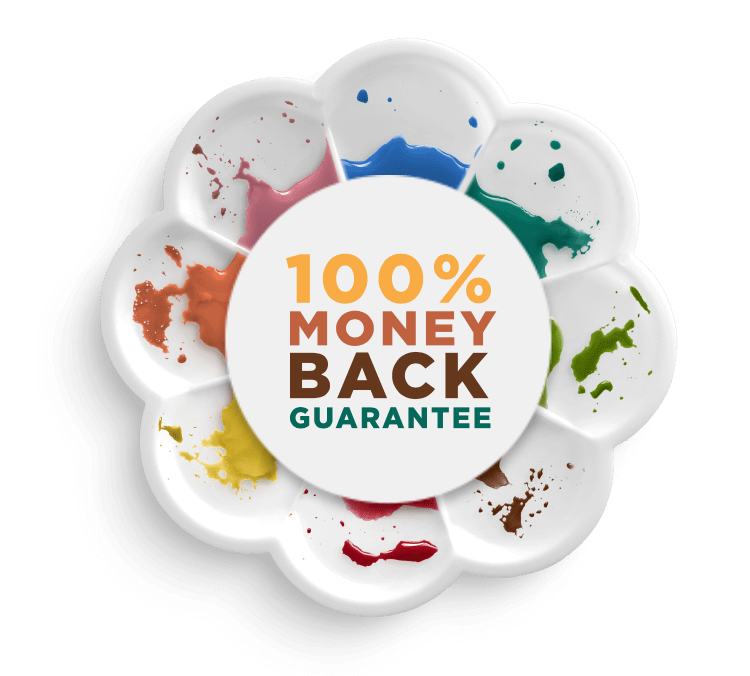
IF YOU DON’T LOVE THE FIRST DAY - THEN YOU DON’T PAY GUARANTEE
Plein Air Live is a rare opportunity to spend time with an amazing lineup of the world’s best artists all together in one event.
If, after the first day, you don’t feel the event is worth 100% of what you paid, let us know. We’ll refund your entire ticket price (including the first day which you’ll now get for free!) Plus, you can cancel any time before the event for a full refund.
Don’t miss your chance! Grab your seat today!
BOOK YOUR SEAT NOW AND IMPROVE YOUR PAINTING SKILLS FASTER THAN ANY ART SCHOOL IN AMERICA!
Don’t spend $3,000 on a convention, travel, airfare, meals, or a hotel! Learn from an amazing lineup of the world’s best artists from the safety of your home over 3 immersive days, with up to one year replay access to every session!
After this event, you’ll be buzzing with inspiration, knowledge, connections and confidence. You’ll start painting things you never believed you could. And you’ll start to believe that you ARE good enough, and can finally rid yourself of the self-doubt that you don’t have what it takes to become a great artist.
General Admission
$897
$897
- 14 Day Access To Replays (November 22, 2025)
- 3 Days of Online Art Instruction From 24+ Of The Worlds Best Artists
- Access Live Speaker Q&As
- 1-on-1 Community 3,000+ Attendees
-
Invitation to Happy Hour Paint-along
100% money-back guarantee
VIP TICKET
$1697
$1,697
- ONE YEAR Access To Replays (November 8, 2026)
- 3 Days of Online Art Instruction From 24+ Of The Worlds Best Artists
- Access Live Speaker Q&As
- 1-on-1 Community 3,000+ Attendees
-
Invitation to Happy Hour Paint-along
100% money-back guarantee
WHAT PEOPLE SAY ABOUT ATTENDING PLEINAIR LIVE...
CUSTOM JAVASCRIPT / HTML
Discover The Exciting World Of Outdoor Painting And
Learn Secret Techniques From 20+ Of The World’s Best Artists Online – Money Back Guaranteed
FAQs
CUSTOM JAVASCRIPT / HTML
(561) 327-6121 or
Copyright 2025 Streamline Publishing Inc. - All Rights Reserved
Privacy Policy | Terms & Conditions | Cookie Policy | Contact Us
Privacy Policy | Terms & Conditions | Cookie Policy | Contact Us
Click here to receive updates about PleinAir Live
CUSTOM JAVASCRIPT / HTML

